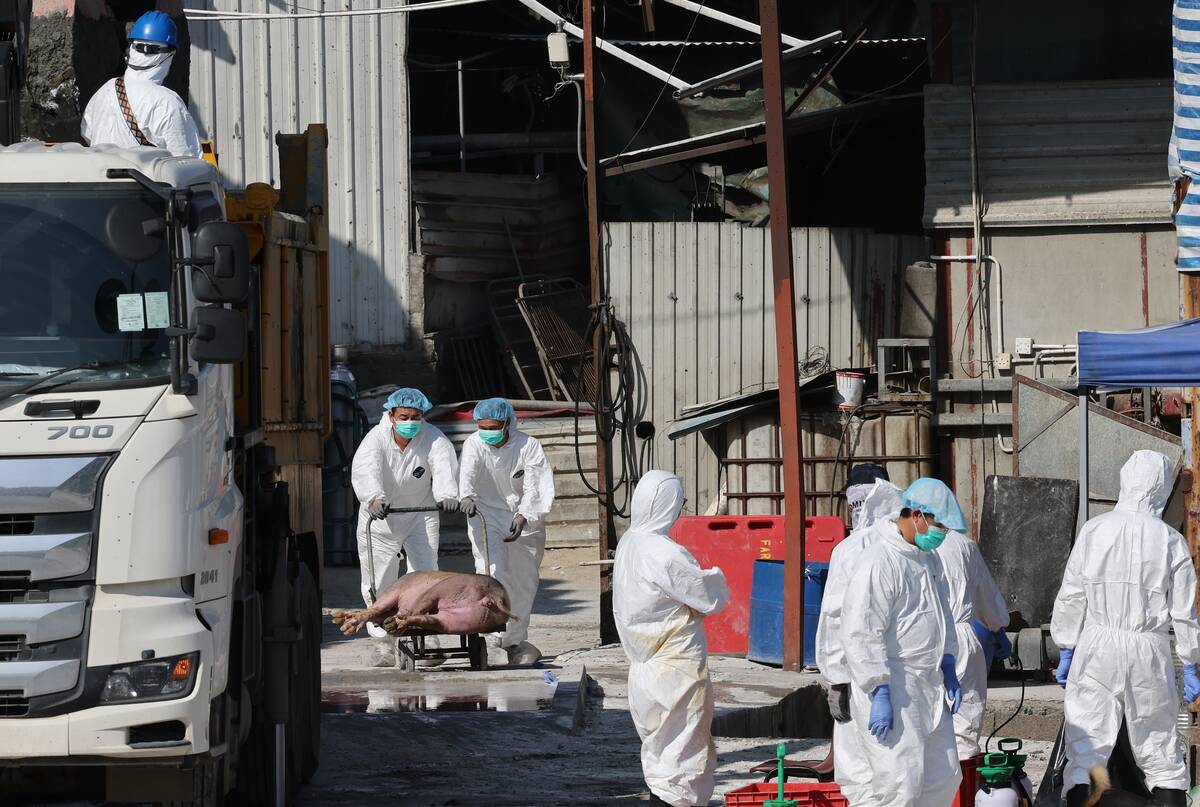Bovine viral diarrhea is one of the most important viruses affecting the North American cattle industry.
I have witnessed the variety of ways in which this virus can cause devastating economic losses: infertility, abortions, stillbirths, and calf deaths.
The BVD virus has a variety of strains with a great deal of genetic variation that are primarily grouped into two genetic categories: Type 1 and Type 2.
Most BVD vaccines contain modified viruses from both types to ensure the broadest protection.
BVD infection of an unvaccinated animal with a competent immune system may initially result in minor clinical symptoms such as diarrhea and fever.
Read Also

Mixed results on new African swine fever vaccine
The new African swine fever vaccine still has issues, but also gave researchers insight into how virus strain impacts protection against the deadly pig disease.
Some strains of the virus may cause more severe disease, but in most cases these symptoms may be mild and not noticed by all but the most observant stockperson.
However, BVD virus can also temorarily suppress the animal’s immune system, making it more susceptible to infections by other bacteria or viruses.
An unvaccinated pregnant cow that becomes infected may experience the mild clinical signs of diarrhea and fever and will usually recover.
However, the virus also targets the fetus, and depending on the timing of the infection, will produce a variety of clinical syndromes such as early embryonic death, abortion, congenital defects and persistent infections.
A fetal infection between 40 and 120 days gestation will coincide with the development of the fetus’s immune system.
One of the first tasks of the immune system is to recognize the fetal calf’s normal tissues and cells so that it will not develop antibodies and attack itself.
If BVD virus is present, the calf’s immune system will not recognize the virus as foreign. The calf may be born normal, but it will be persistently infected.
These persistently infected calves are permanent carriers of the virus. They are often the source of BVD outbreaks and excrete copious quantities of the virus in their saliva and manure.
The calves will not develop immunity to BVD virus but will always be carriers and shedders of the virus. Only 0.3 to 0.4 percent of calves in North America are persistently but they can cause devastating results by spreading the virus among cattle that are not appropriately vaccinated.
The control of BVD virus largely depends on preventing these persistent infections from occurring.
The critical time period for fetal protection is the first four months of gestation, and the cow needs a high antibody concentration to provide that protection to the fetus.
The most effective control method is to vaccinate the cow herd before the breeding period with a modified live viral vaccine.
Most vaccines have been proven to provide reasonably good levels of fetal protection if used appropriately.
Consult with a veterinarian to design a vaccination strategy that fits your herd’s management system.
It is also important to avoid bringing BVD virus into your herd.
Your veterinarian can help test for persistently infected animals through blood tests or ear notches.
Buy replacement stock from sources with good vaccination protocols and avoid buying suckling calves from unknown sources to replace calves that have died.
BVD virus can cause devastating results in an unvaccinated herd, but it is a relatively easy disease to control.
John Campbell is head of Large Animal Clinical Sciences at the University of Saskatchewan’s Western College of Veterinary Medicine.














